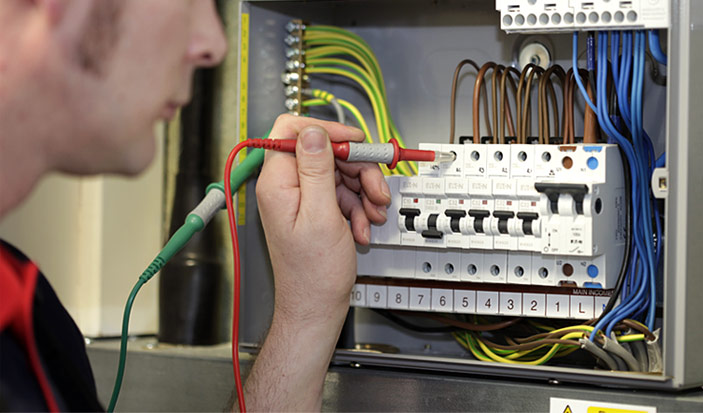On account of the fact that all electrical equipment, appliances, and installations deteriorate with relatively old age and general use, it makes sense to carry out regular inspections and testing to see whether they are in a satisfactory condition and safe to operate.
This is known as ‘Periodic Inspection and Testing,’ which will tell you if any electrical circuits or equipment are overloaded, find any potential electric shock risks and fire hazards, identify defective electrical work and highlight any lack of earthing or bonding.
Once testing has been completed, you will be issued with an Electrical Condition Report (EICR). But what information is contained within this document? How often is this duty required and who should be performing it? Leading electrical test equipment distributor Instrotech is on hand to answer these questions with its periodic inspection report explained.

What is the purpose of periodic inspection reports?
There are five main aims of an Electrical Condition Report:
Document the results of the inspection and testing to ensure the electrical appliance, equipment, or installation is safe to use
Find any damage or wear and tear that might affect safety
Find any parts of the electrical appliance, equipment, or installation that does not meet IEE Wiring Regulations
Find anything that could cause electric shocks and high temperatures
Provide a record of the equipment, appliance or installation at the time of inspection
Generally speaking, there are two types of inspection report. The first is a visual condition report, which simply includes an inspection and is only suitable if the equipment, appliance, or installation has been tested recently. The second is a periodic inspection report, which applies in most scenarios.
How often should periodic inspection reports be produced?
For domestic property owners, periodic inspections and testing should be carried out every 10 years, while commercial premises and rented homes should do so every five years.
However, other times when periodic inspections and testing should be performed include properties being prepared to let and before selling a property or buying a previously occupied property.
As for businesses, the Health and Safety Executive says, “it is good practice to make a decision on how often each piece of equipment should be checked, write this down, make sure checks are carried out accordingly and write down the results.” Appliances, equipment, and installations used in a harsh environment should be tested more frequently, as they are more likely to become damaged or unsafe.
Who should carry out periodic inspection reports?
Only competent individuals, such as a qualified and registered electrician, should carry out periodic inspection and testing. They will be able to check the condition of equipment, appliances, and installations against the UK standard for safety.
This person will also have the power to issue an Electrical Installation Condition Report, detailing any damage, deterioration, defects, dangerous conditions, and non-compliance. If any electrical equipment, appliance, or installation is declared ‘unsatisfactory’, it means remedial action is required without delay to remove safety risks.
For any questions or for further help and advice regarding periodic inspections and the necessary reporting contact Instrotech to find out more about how they can assist you.




